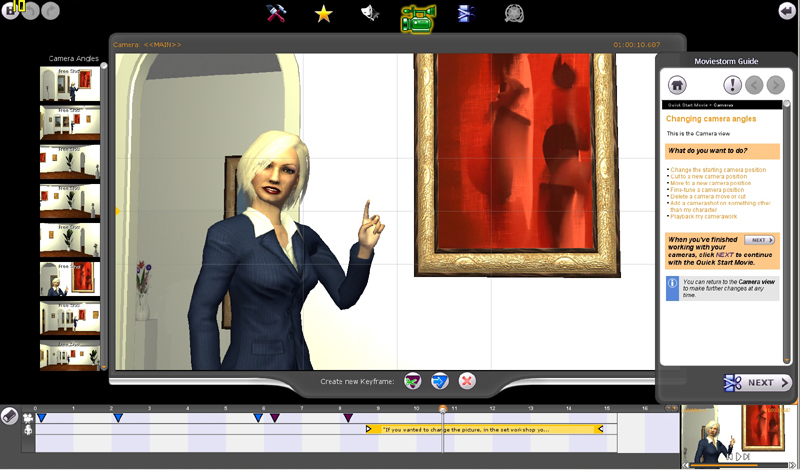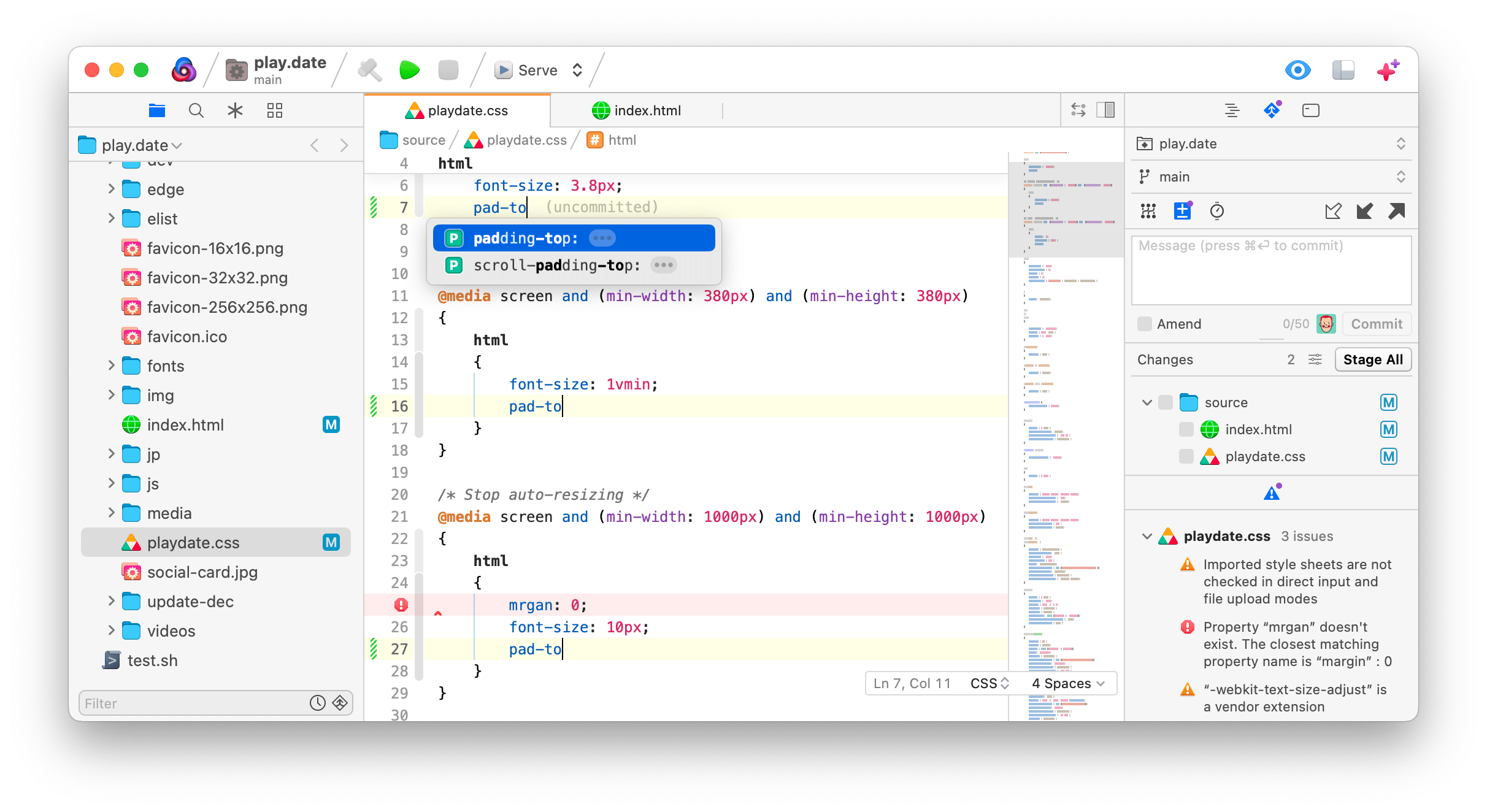
This is how you can get videos created or edited in other tools into your TikTok feed. To the right of the recording button is the “Upload” button, which opens the video gallery on your phone and lets you pick a video to upload. This newer option lets you turn on or off the flash depending on the lighting you need. You can tap the point at which you want to stop (from 1 to 60 seconds) and then tap “Start Shooting” to start auto-recording without having to hold down the recording button. The “Timer” button opens a timer interface that shows a video timeline of up to 60 seconds. You can return to the unfiltered view of the world by selecting the first filter under the “Portrait” section, labeled “Normal.” These are relatively clean filters that do things like modify the color palette and the image contrast, and they are organized numerically rather than with clever names. The “Filters” button opens TikTok’s library of filters, categorized into “Portrait,” “Life,” and “Vibe” sections. The “X” icon cancels your recording and editing session.
#Extend media composer trial for mac android
We’ll be using the Android version of the app for this walkthrough, but the iOS version is very similar. Let’s start at the upper-left-hand corner and go around the screen. We’ll break them down for you in this section. There are so many ways to edit your TikTok video.

Tap on the ‘Add Sounds’ option if you want to add music.You can speed it up or slow it down depending on your content. Select the speed at which you’d like to record your video.



 0 kommentar(er)
0 kommentar(er)
